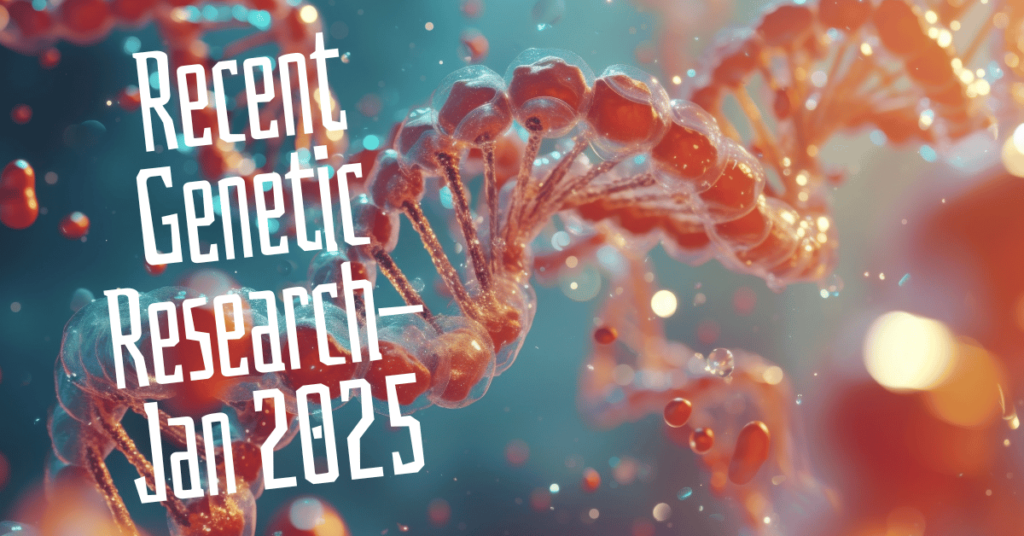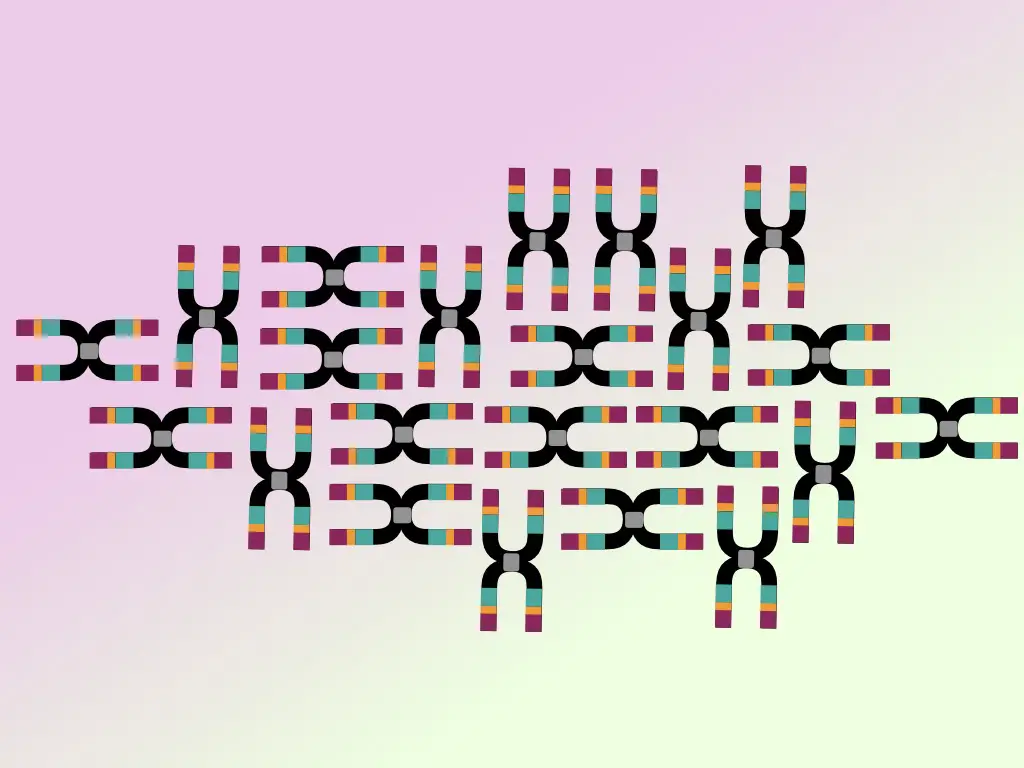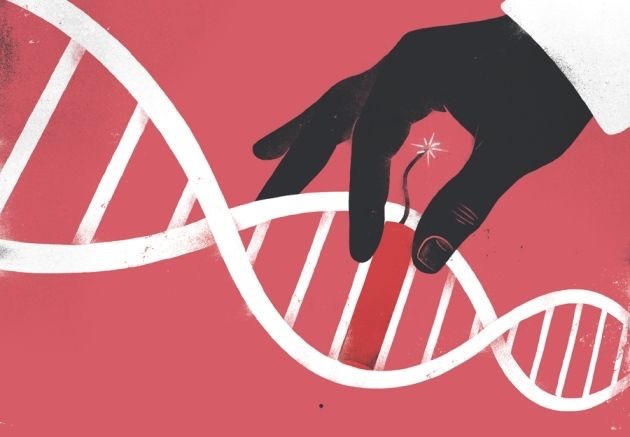Key recent research, discoveries, and news from the field of genetics in January 2025 have been discussed in the present article.
Key Topics:
Worldwide Decline In Genetic Diversity:
The term “diversity” means “to differ from something else”. Genetic diversity means, “differences in the genetics.” For instance, variants of the same gene in different individuals or populations.
“Genetic diversity refers to “having differently inherited traits of one particular gene within the same species.”
Genetic diversity occurs due to mutations, recombinations, and a few other genetic as well as environmental factors. And plays a crucial role in species survival, resilience, well-functioning in an ecosystem, and adaptation to environmental changes, in the long term.
A recent study published in the renowned scientific journal Nature by Associate Professor Catherine Grueber from the School of Life and Environmental Sciences, and a team of researchers from countries including the UK, Sweden, Poland, Spain, Greece, and China, reported a global decline in genetic diversity.
The present study included metadata from more than three decades between 1985 to 2019 including 628 species from different organisms. Genetic diversity has been declining gradually in 67% of reported populations.
However, they also explained that improved environmental conditions, conservation efforts, and habitat restoration helped increase genetic diversity in some species to some extent.
In conclusion, the comprehensive global analysis of the present study showed that genetic diversity is being decreased worldwide. Scientists also postulated that despite decreasing genetic diversity globally at an unprecedented rate, the increment can be expected in the future.
Related article: What is Gene-Environment Interaction?- A Beginner’s Guide
Identification and Validation of Genetic Variants Linked to Depression:
Depression is a psychiatric condition that results in functional impairment of the brain and neurotransmitter pathways. This, as a result, reduces the quality of life in the patients.
Depression majorly occurs due to bad lifestyle and stress, in general; however, the interaction between genetics, epigenetics and environmental factors also play a crucial role here.
A recent study published in Helion by Muataz S. Lafta, Aleksandr V. Sokolov, Gull Rukh and Helgi B. Schioth was conducted to Identify and validate depression-associated genetic variants in the UK Biobank cohort.
In this study, they targeted the protein-coding genes that are associated with depression and analyzed their transcriptomic and methylation profile. They used the data from the GWAS Catalogue to identify independent genetic variants for depression.
These genetic variants were validated in the UK Biobank cohort. And, this data was used to calculate a genetic risk score for depression.
The present research identified eight SNPs corresponding to six protein-coding genes (TNXB, NCAM1, LTBP3, BTN3A2, DAG1, FHIT) that were highly associated with depression.
Related article: Recent Research Has Identified 26 Novel Variants in Hemophilia.
Discovery of ‘Pliancy Genes’ in Retinal Recovery:
The retina is a tissue which is located at the back of the eyeball and it is light sensitive.
The term “pliancy” literally means “adaptable,” meaning a set of genes expressed only when needed. When Müller glia cells experience stress, pliancy genes are expressed. Müller glial cells are usually produced against inflammatory responses.
A recent study published on Jan 2, 2025, suggested that the pliancy genes greatly contribute to retinal recovery– a process of reattaching the retinal tissue to its original position.
Stress or injury detaches the retina and it goes through the healing process after the injury or stress. A recent study published on Jan 2, 2025, in Medical Press, suggested that the pliancy genes greatly contribute to retinal recovery– a process of reattaching the retinal tissue to its original position.
Scientists at St. Jude Children’s Research Hospital used the technique called single-cell sequencing to study retinal cells called Müller glia. These cells support and nourish the retinal neurons.
They studied that these cells have a unique set of “pliancy genes” that are open and accessible to gene expression machinery without being expressed.
These genes enable Müller glia cells to summon an inflammatory immune response rapidly under stressful conditions.
Related articles:
- Lord Birsa Returns: Meet A CRISPR-Based Gene Therapy BIRSA 101
- An Expert Explains Why the 385-Million-Year Symbiosis Between Corals and Algae Is At Risk
- Newsletter 11: Top 5 Genetic Research and Stories of This Week 4
- Newsletter 09: Top 5 Genetic Research and Stories of This Week 2
- Your Eyes Age Faster Than You- Here is Why
References:
Landmark genetic study: Fresh shoots of hope on the tree of life. (2025, January 25). ScienceDaily. https://www.sciencedaily.com/releases/2025/01/250129115231.htm?utm_source
Lafta, M. S., Sokolov, A. V., Rukh, G., & Schiöth, H. B. (2025). Identification and validation of depression-associated genetic variants in the UK Biobank cohort with transcriptome and DNA methylation analyses in independent cohorts. Heliyon, e41865. https://doi.org/10.1016/j.heliyon.2025.e41865
Hospital, S. J. C. R. (2025, January 2). Discovery of “pliancy genes” showcases role of latent epigenetic programs in retinal recovery. Medical Press. https://medicalxpress.com/news/2025-01-discovery-pliancy-genes-showcases-role.html?utm
Norrie, J. L., Lupo, M. S., Little, D. R., Shirinifard, A., Mishra, A., Zhang, Q., Geiger, N., Putnam, D., Djekidel, N., Ramirez, C., Xu, B., Dundee, J. M., Yu, J., Chen, X., & Dyer, M. A. (2025). Latent epigenetic programs in Müller glia contribute to stress and disease response in the retina. Developmental Cell. https://doi.org/10.1016/j.devcel.2024.12.014


